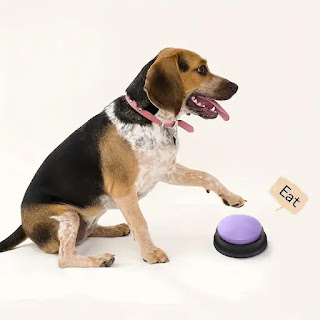Pet Food Quality Guide: How to choose the best food for your pet
To ensure the health and well-being of pets, it is vital to provide high quality pet food. However, the wide variety of pet food brands and types on the market can be confusing. This blog will provide you with some guidance on how to choose the quality of pet food to ensure the best nutrition and health for your pet.
1.Understand your pet's nutritional needs:
Different kinds of pets have different nutritional needs. Knowing your pet's breed, age, size, and special needs can help you choose the right food for it. Consulting a veterinarian can provide guidance on the nutrition your pet needs.
2.Read the ingredient list:
The ingredient list of grain is an important basis for understanding its quality. Quality pet food should be meat (such as chicken, fish) or meat powder as the main ingredient, not fillers (such as grain, corn, etc.). Make sure the meat ingredient is near the top of the ingredient list.
3.Avoid additives and artificial colors:
Some cheap pet food may contain a lot of additives and artificial colors that are not beneficial to your pet's health. Choose foods free of additives and artificial colors to ensure that your pet is eating an all-natural diet.
4.Look for a complete and balanced recipe:
Pet food should provide the complete and balanced nutrition your pet needs. Look for food that has been professionally formulated to ensure your pet is getting enough protein, fat, vitamins and minerals. Some brands may label on their packaging whether their formula meets AAFCO (US Official Control of Feed) standards.
5.Consider special needs:
Certain pets may have special dietary needs, such as allergies, digestive problems, or sensitivities to certain ingredients. In this case, choose pet foods that target specific needs, such as restricted formulations or sensitive gastrointestinal formulations.
6.Pet reaction and posture observation:
Observing the reaction and body shape of pets after eating certain food is also an important indicator to assess their quality. If the pet has significant digestive problems, skin problems, or changes in mental state after eating a certain food, this may be a sign that the food is not suitable or suitable for it. Changes in the pet's body shape, including weight, hair quality, and mental state, were observed regularly to assess the effectiveness of the food selection.
7.Refer to user reviews and professional advice:
When choosing pet food, it is beneficial to refer to the evaluations and professional advice of other pet owners. Read user reviews and reviews to learn about other pet owners' experiences and opinions. Also, consult a veterinarian or professional pet dietitian for advice on specific brands or types of food.
Conclusion:
To ensure the health and well-being of your pet, choosing high quality pet food is crucial. By understanding your pet's nutritional needs, reading ingredient lists, avoiding additives and artificial colors, choosing a complete and balanced formula, considering special needs, and observing your pet's reactions and body shape changes, you can choose the best food for your pet. Remember that every pet is unique and may take some experimenting and tweaking to find the best food for it.
Disclaimer: This blog is intended to provide general guidance and advice and does not represent professional veterinary advice. Before making any decisions about your pet's diet, consult a veterinarian or professional pet dietitian to get personalized advice based on your pet's particular situation.



评论
发表评论